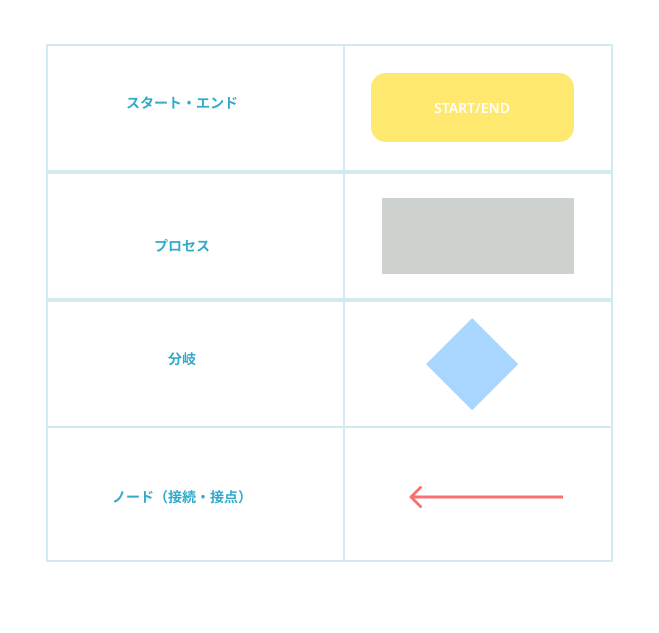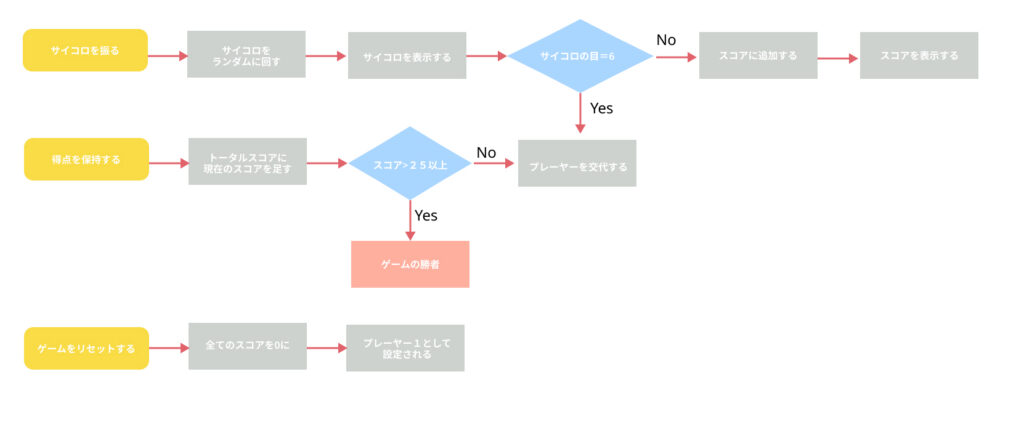
Task flows and user flows are often confused. While both focus on user interactions, they differ in purpose and usage.
Adding to the confusion, the two are visually similar, and their definitions can vary depending on the person or team. In many cases, they may even be customized and blended together based on specific project needs.
As a result, distinguishing between task flows and user flows can be challenging. Below, we provide a brief explanation of each.
The Need for Visualizing “Flows” in Product Developme
Whenever a digital product, application, or website involves user interaction, effort is invested in designing a “flow” that allows users to achieve a specific goal.
For instance, booking a hotel is a relatively simple flow: users access the site or app, enter their desired dates, browse options, compare, and book a room. However, users can also log in, sign up, view booking history, or change settings. Each of these functions typically involves product managers and UX/UI designers.
In such cases, PMs and designers often rely on task flows — a common method in UX design that focuses on user goals.
On the other hand, user flows are commonly used in platforms developed by SaaS companies for product analytics and understanding user feedback.
What Is a Task Flow?
A task flow represents a sequence of actions a user takes to complete a specific task. Task flows are usually simple, linear, and do not branch.
For example:
“Booking a flight” or “Adding an item to a shopping cart” are straightforward steps shown in a straight line to reflect the path to achieving a goal.
Start with the User’s Goal
A task flow begins with a clearly defined user goal.
While a flow can start from any point in the process, the key is having a clear objective. It may also represent only a part of a larger process.

Example: E-commerce Task Flow
On an e-commerce site, a user searches for a T-shirt, selects size, color, quantity, optional add-ons, and adds it to the cart. The user then proceeds to checkout and payment.
This is a linear sequence of actions toward a defined goal, with no branching — a classic task flow.
When Are Task Flows Useful?
- To Understand a Feature at a High Level: Helpful when you need an overview of how a specific feature is used.
- To Organize Key Task Steps: Useful before moving into detailed feature development.
- To Create User Testing Scenarios: Helps ensure comprehensive coverage of test cases.
Task flows assume users follow a single path, which is a limitation. However, they serve as a useful foundation for building more complex user flows.
What Is a User Flow?
A user flow maps all the possible options a user can choose, from start to finish. Unlike task flows, user flows can be linear or branched depending on user decisions.
It represents the entire journey — from entry point to final interaction — using shapes like circles, rectangles, or diamonds to indicate different types of user actions.

From Task Flow to User Flow
Once a task flow is defined, it can be expanded into a user flow to show how users move through the web or app environment. This can include simple tasks like subscribing to a newsletter or making a purchase.

When Are User Flows Useful?
- To Understand User Behavior Patterns: By visualizing the product or service usage, you can better grasp how users interact with it.
- To Improve the User Experience: Analyzing user flows helps identify friction points or areas of confusion, leading to UX improvements.
- To Streamline Team Communication: Sharing user flows enhances communication across designers, developers, marketers, and other stakeholders.
User flows may include wireframes or visual representations, showing relationships between screens and data flow. They’re especially useful in explaining complex interactions that span multiple pages.
Combining Task Flows and User Flows
At FLOURISH, we sometimes create custom flowcharts that incorporate the strengths of both task flows and user flows.
For instance, we use flowcharts where user actions are displayed on the left and the system’s corresponding activities are shown on the right — a hybrid approach for better clarity.

Choosing the Right Flow for Your Project
The choice of flowchart should depend on:
- Development ease
- Project phase and scale
- Client and stakeholder expectations
- Project goals and KPIs
- Budget and resource constraints derived from those expectations
By combining and adapting flow models as needed, you can create flows that are both effective and aligned with your team’s needs.


